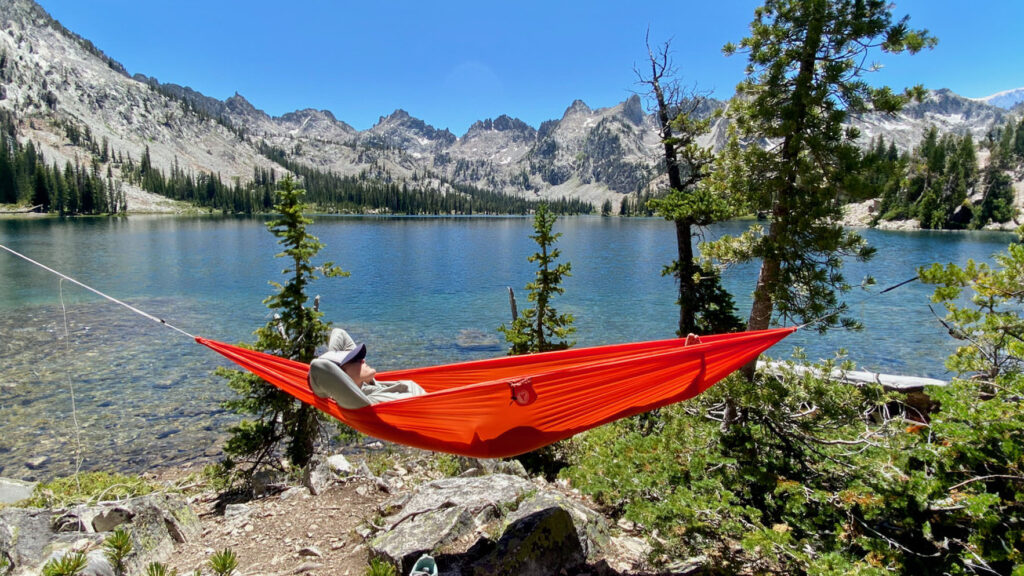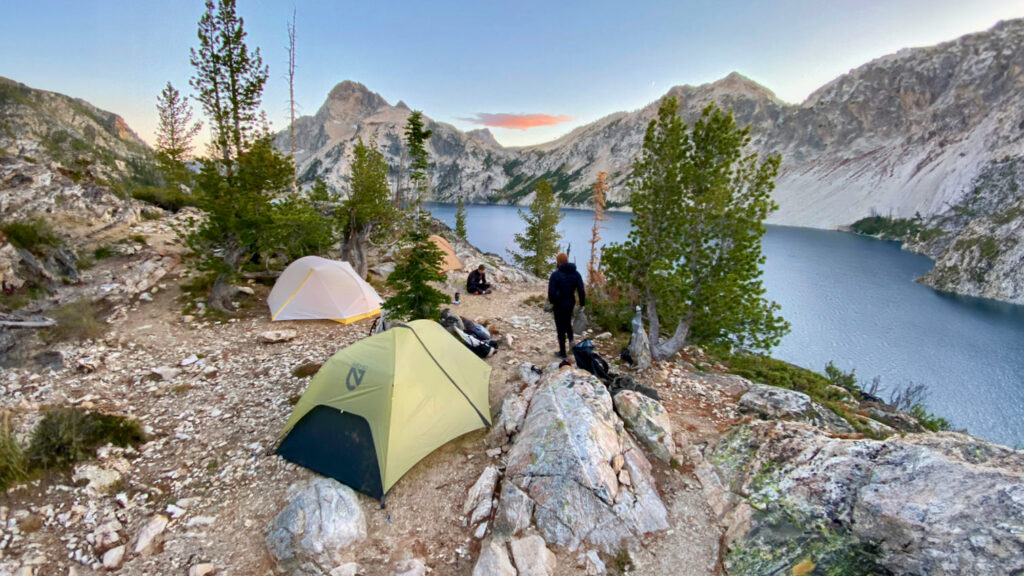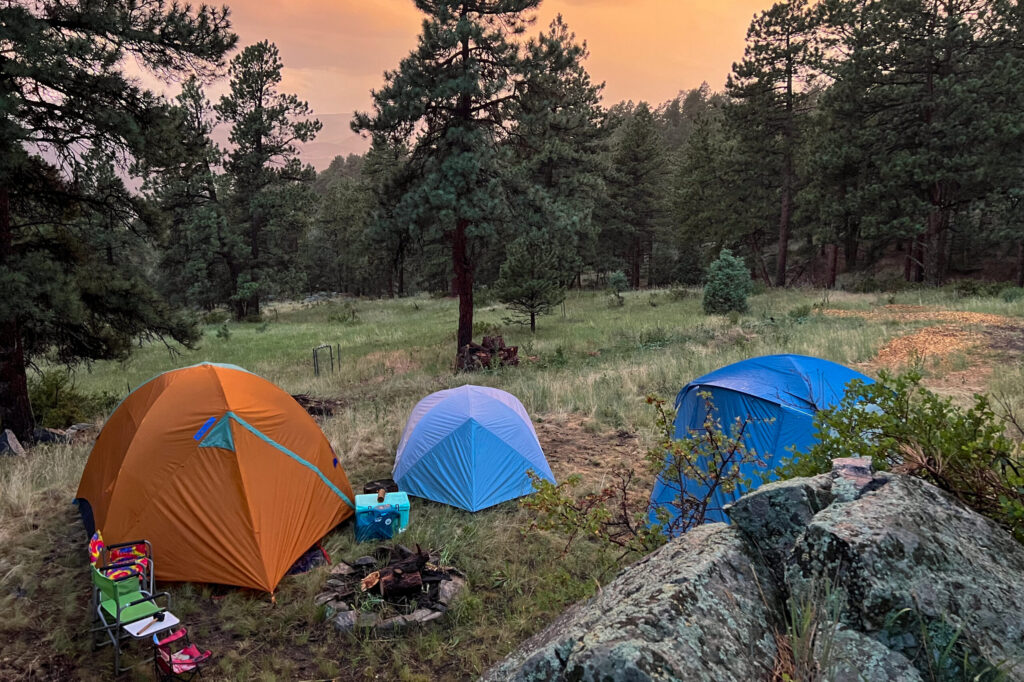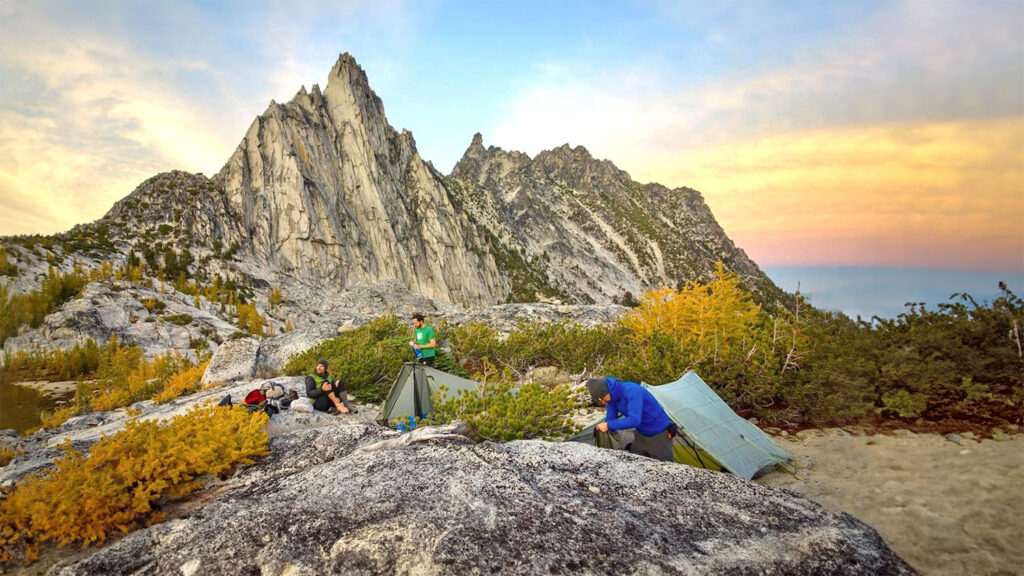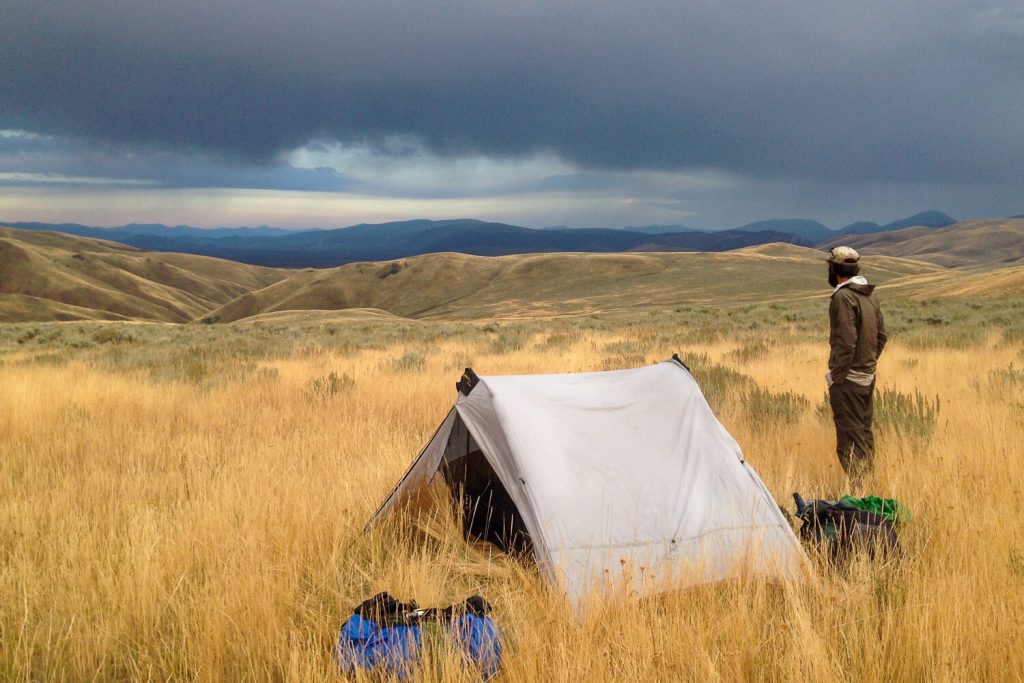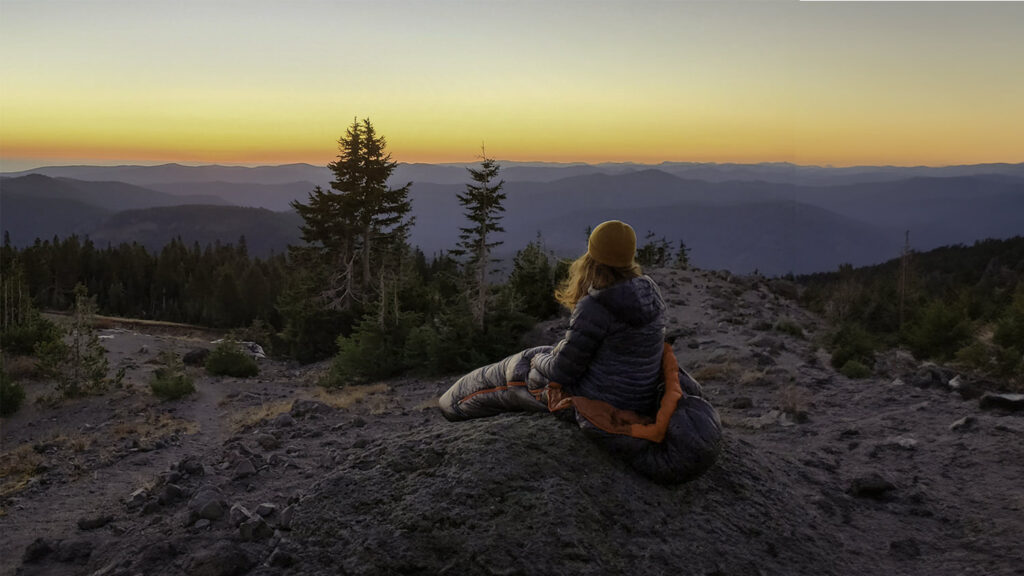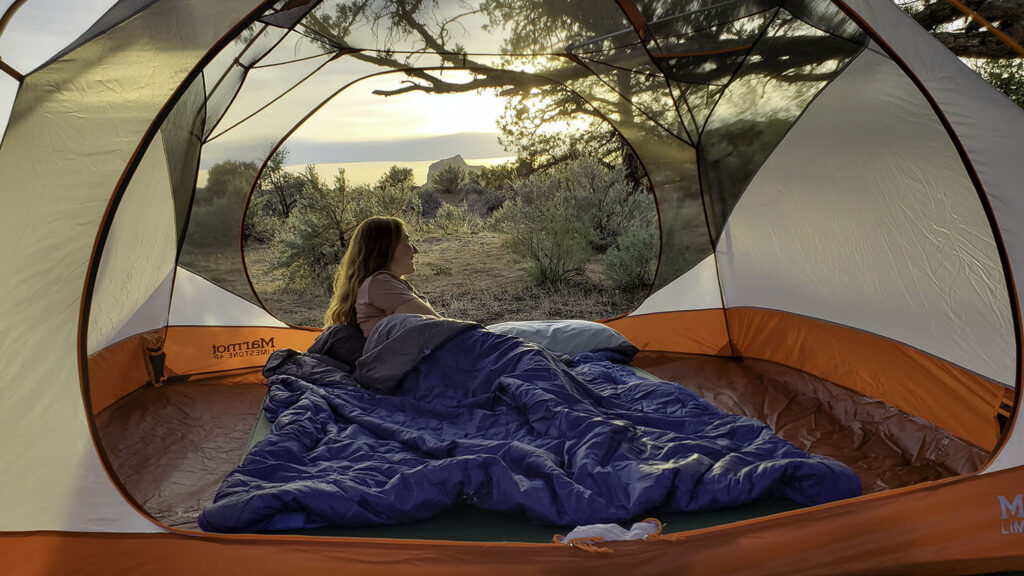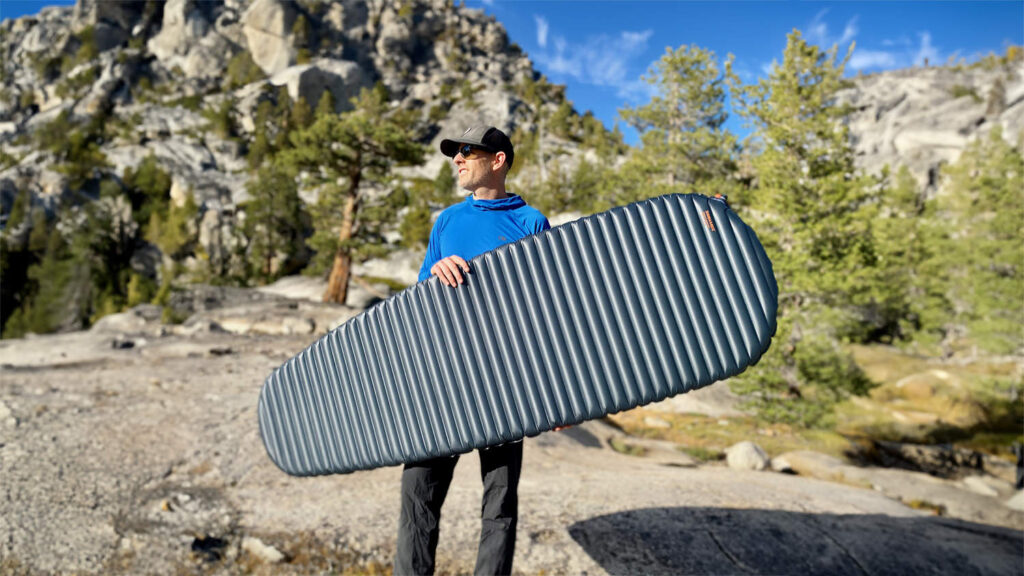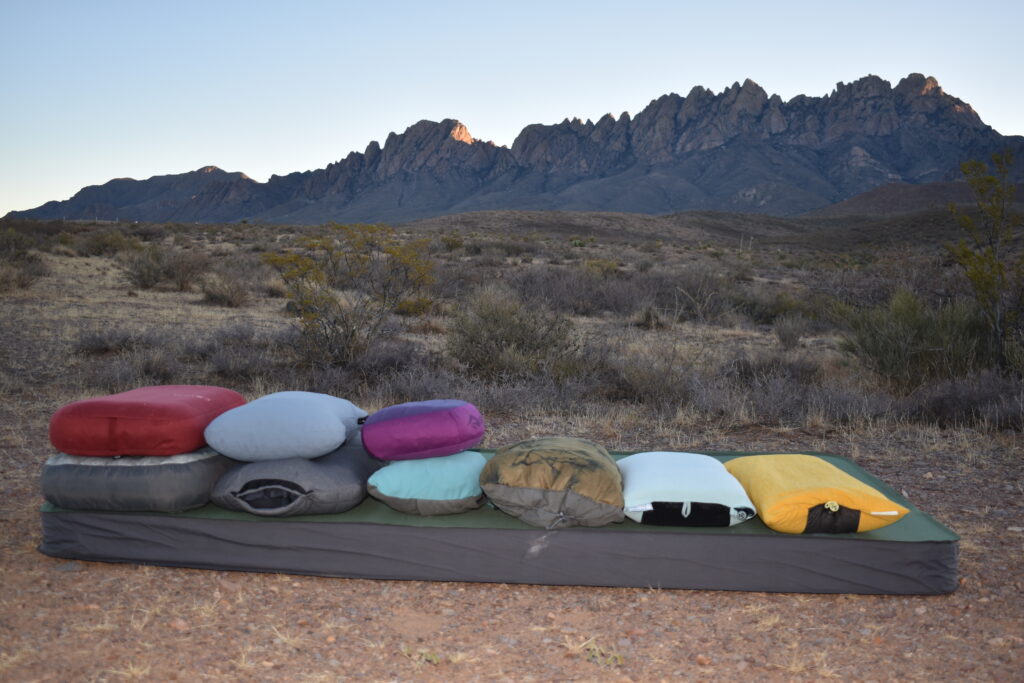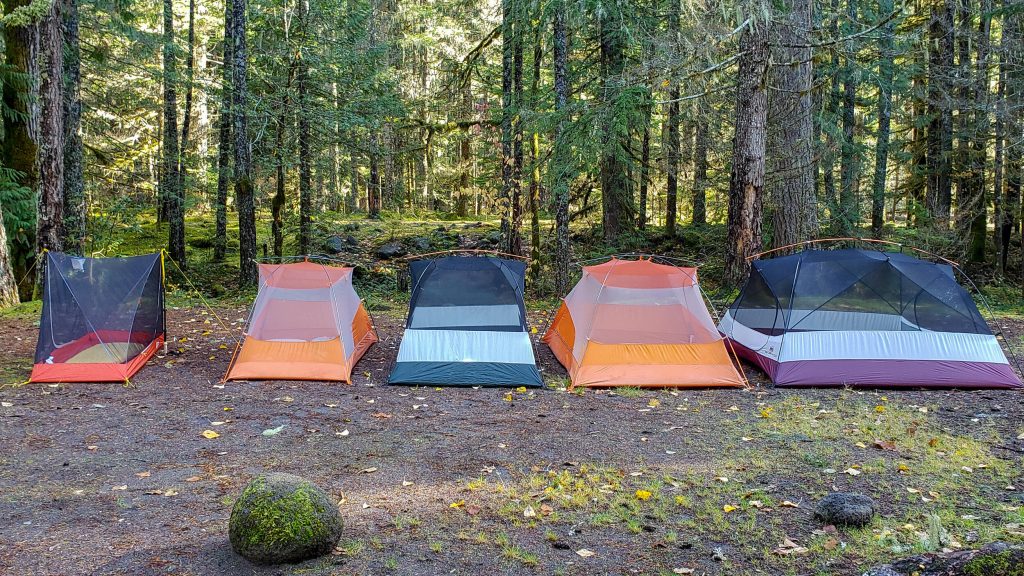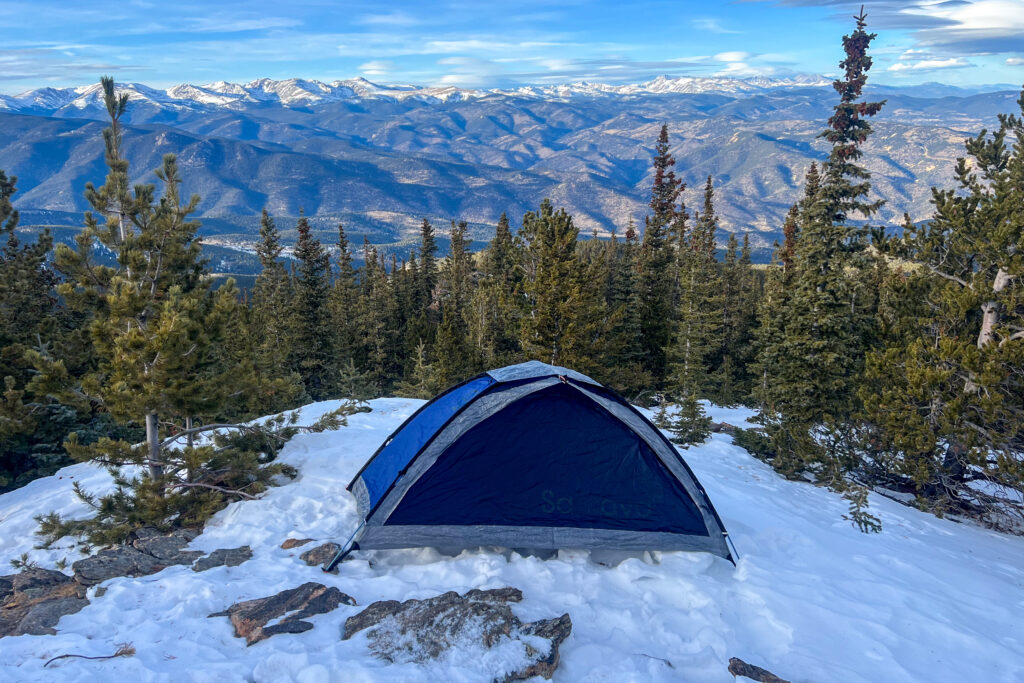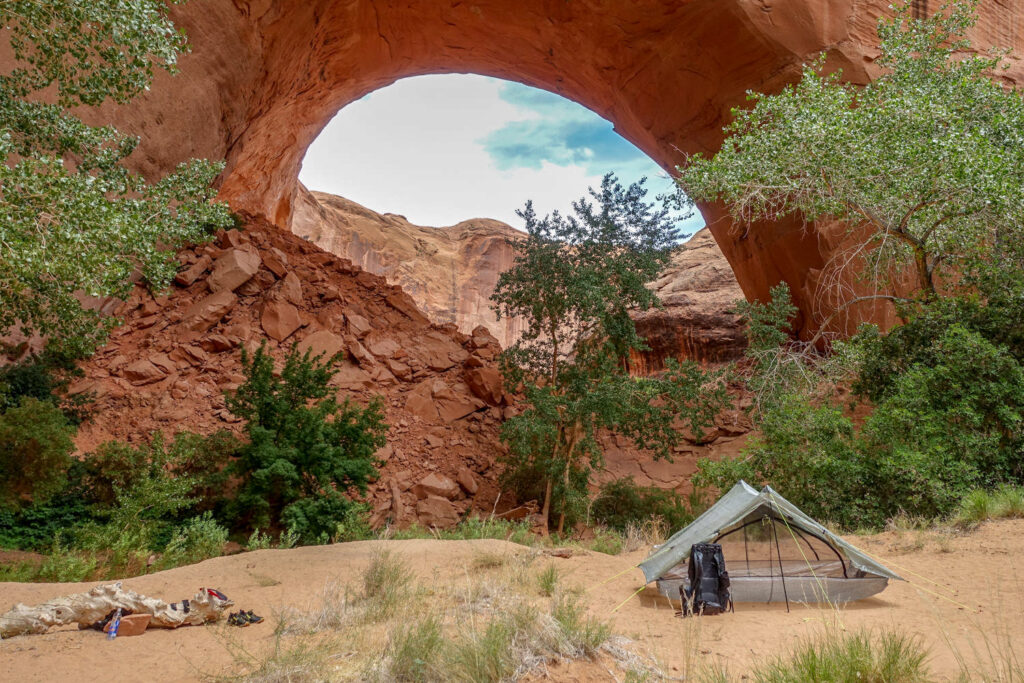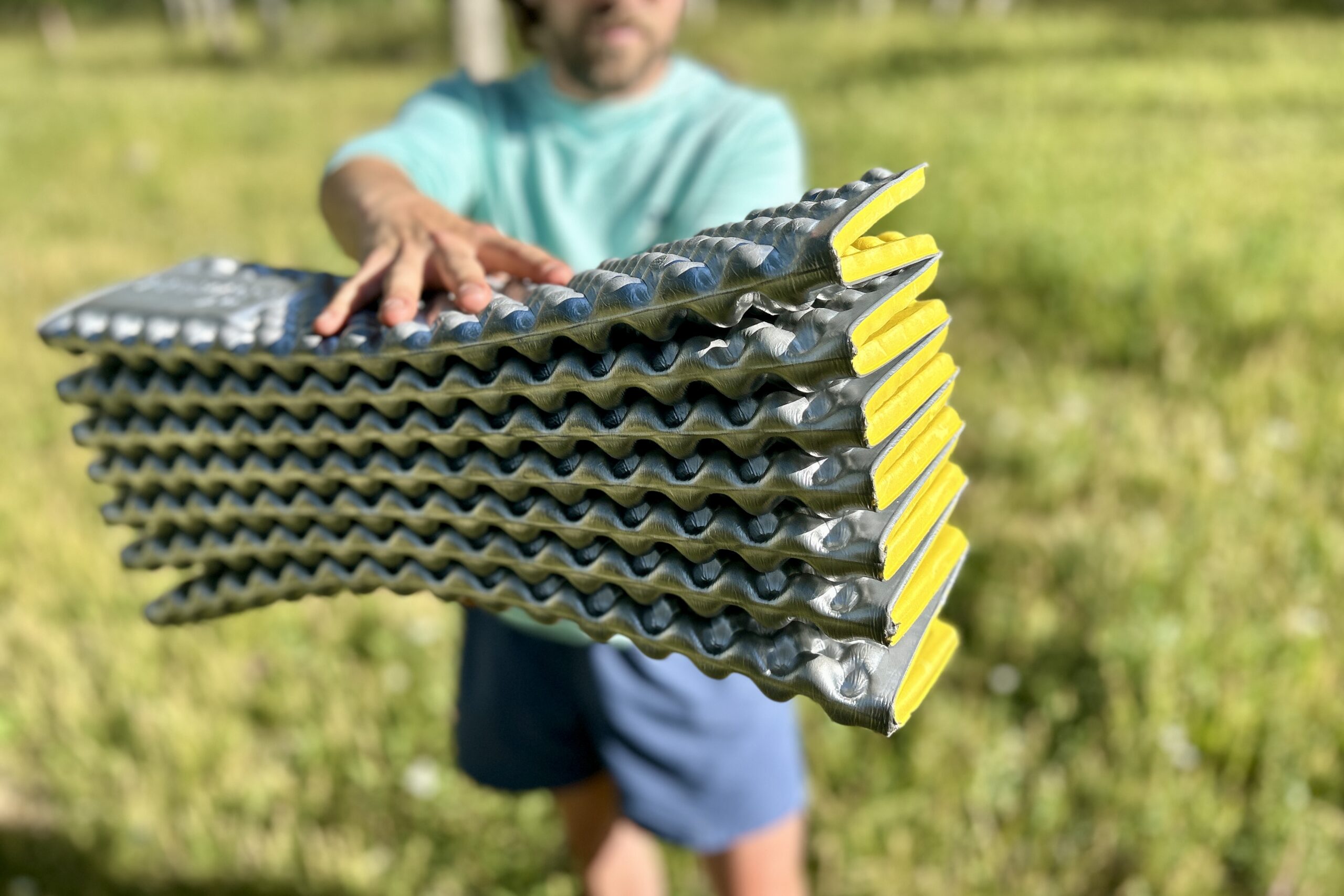
Bottom Line
The Therm-a-Rest Z Lite Sol is a good choice for minimalist backpackers and thru-hikers who want a no-brainer, rolls-with-the-punches, low-weight sleeping pad. Its closed-cell foam design makes the Sol nearly indestructible, and it’s decently comfortable for being under an inch thick.
CleverHiker founder, Dave Collins, used this pad on his PCT thru-hike, where he found its durability and ease of use to be big wins on the trail. Whether you’re using the Z Lite Sol as a primary sleeping pad, a sit pad, an extra insulation layer for winter camping, or even as a dog bed, it’s one of the most versatile sleeping pads out there.
The Z Lite Sol excels in weight, cost, and convenience, but it does have limitations. The thin foam can be uncomfortable on rocky or uneven terrain, especially for side sleepers. And with regular use, the foam nodes tend to compress more and more, reducing overall comfort. It also has a low R-value, making it best for mild weather and summer use.
But if you don’t mind sleeping on firm surfaces and want one of the most durable, easy-to-use, and affordable sleeping pad options on the market, the Z Lite Sol is a great choice.
Quick Specs
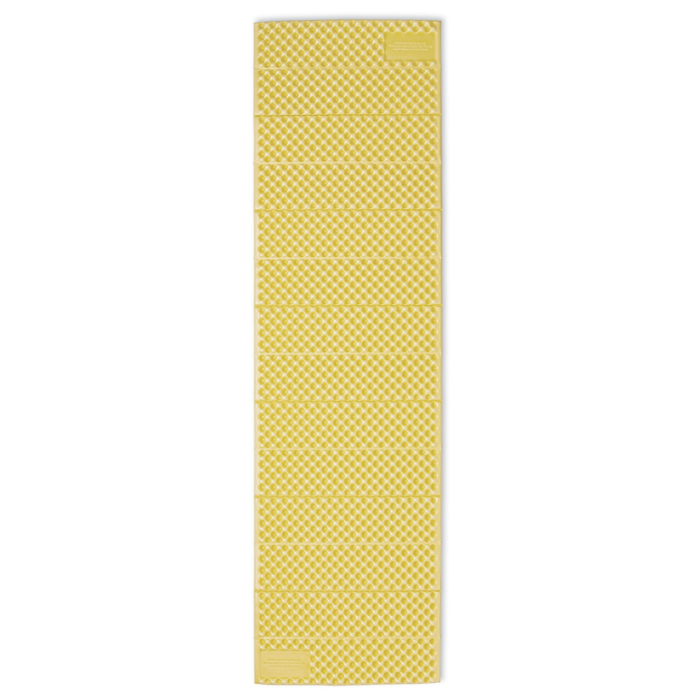
Therm-a-Rest Z Lite Sol
Budget-Friendly Closed-Cell Foam Sleeping Pad
CleverHiker Rating: 68.8/100
Price: $58
Weight: 14 oz.
R-Value: 2
Thickness: 0.75 in.
Pros
- More durable than air pads
- Affordable
- Quick to pack/unpack
- Doubles as a sit pad
- Quiet
Cons
- Expensive
- Slower inflation/deflation
- Slight crinkle sound
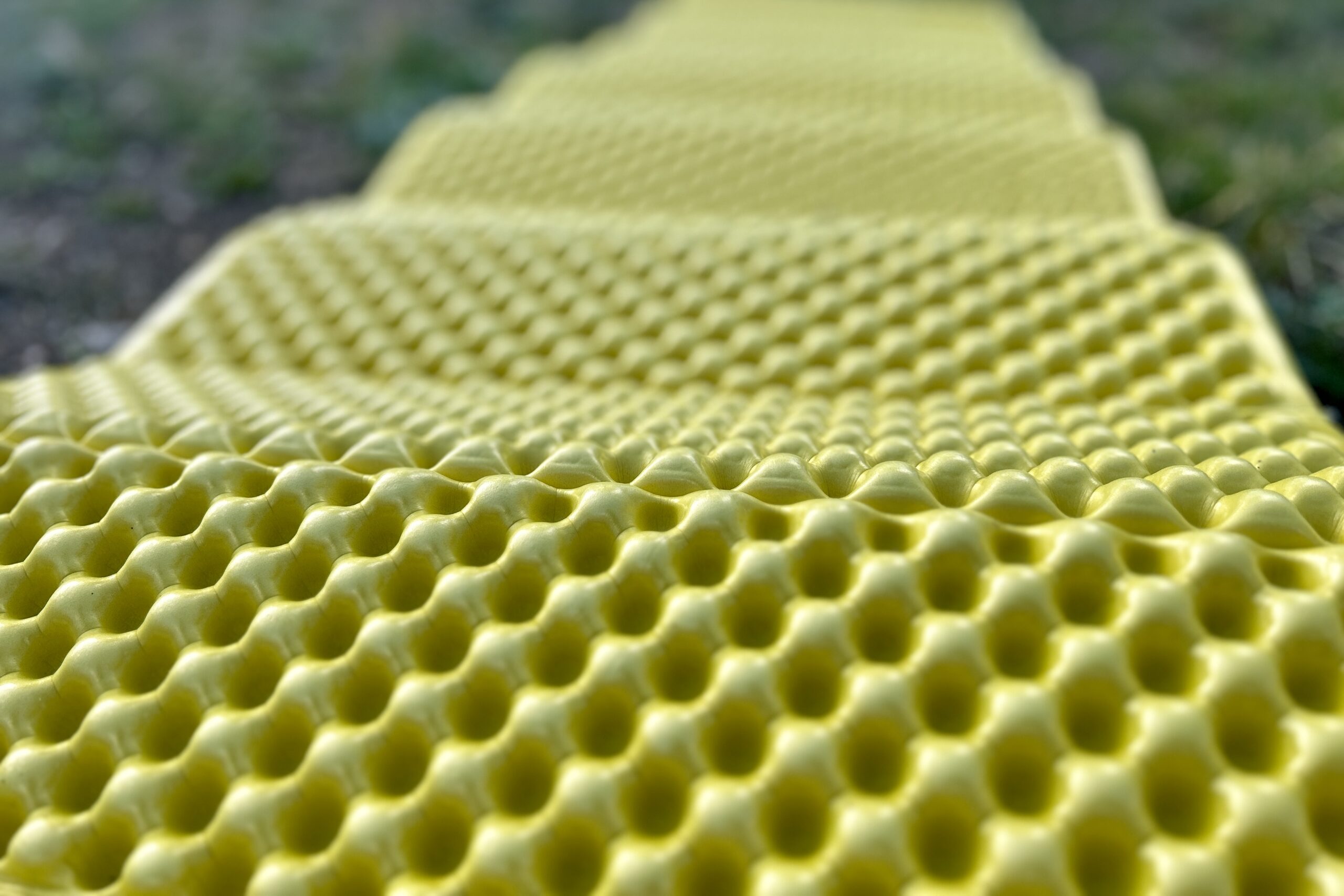
Comfort
Like with most closed-cell foam sleeping pads, comfort is not the Z Lite Sol’s strong suit. The pad’s 0.75-inch thickness isn’t very plush, especially compared to inflatable options that are three to five times thicker. But it does offer enough insulation and padding to feel fairly comfortable on most surfaces, especially for sleepers who are okay with firm pads. The material is dense but flexible and is supportive, especially for back and belly sleepers on well-chosen campsites.
However, this pad’s comfort won’t be ideal for everyone. Side sleepers may struggle to get a good night’s rest since the Sol’s minimal cushioning doesn’t provide support for hips and shoulders. On rocky and uneven terrain, you’ll feel every bump beneath you, so choosing campsites carefully is important. Additionally, foam pads compress over time, decreasing the Sol’s comfort the more you use it.
If you’re after plush, soft comfort, we’d recommend checking out one of our air pad recommendations. But if you’re a heavy sleeper that’s okay with firm surfaces, this pad will do the job well. If you’re headed for a long thru-hike, you will also get used to sleeping on the Sol Z, and eventually, the firm sleep surface will go unnoticed (unless you have to sleep on a scree field).
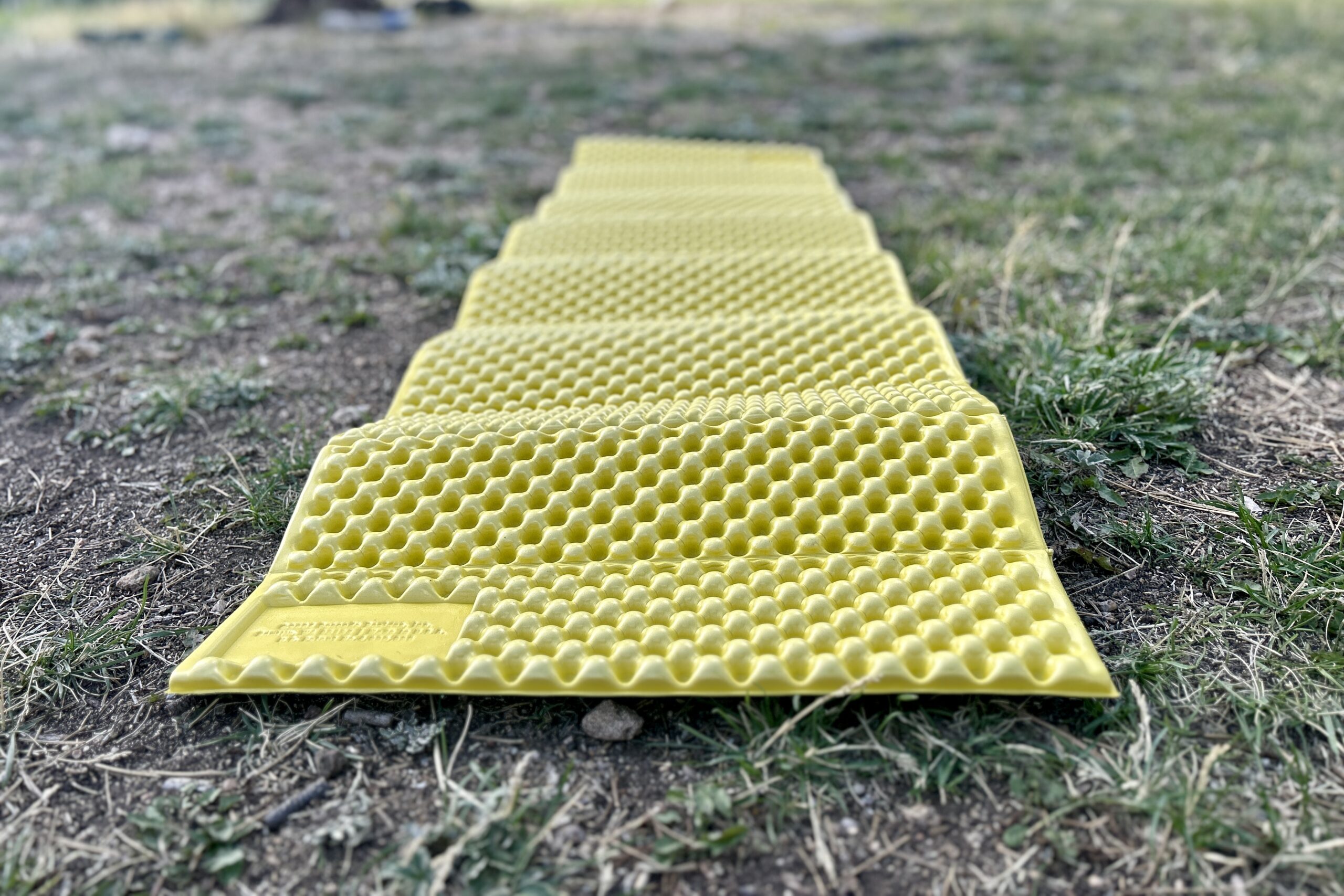
Weight & Packability
The Therm-a-Rest Z Lite Sol is among the lighter sleeping pads we’ve tested over many years, making it a favorite for ultralight backpackers and thru-hikers. 14 Ounces is a good weight for a sleeping pad, and it’s critical to keep weight down on long trips with big mileage and tough ascents.
The closed-cell foam design of the Z Lite folds up accordion-style, so it only takes seconds to deploy and pack up. And it easily straps to the outside of a backpack without the fear of punctures or damage.
Despite its low weight, the Z Lite Sol is quite bulky. At 5 x 5.5 x 20 inches when folded, this model is many times larger than an inflatable backpacking pad. It takes up a meaningful amount of space on the outside of a pack, which can be inconvenient for folks with smaller backpacks or minimalist kits. For hikers looking to minimize volume, this pad is not the most space-efficient option, and you might consider an air pad that packs up smaller.
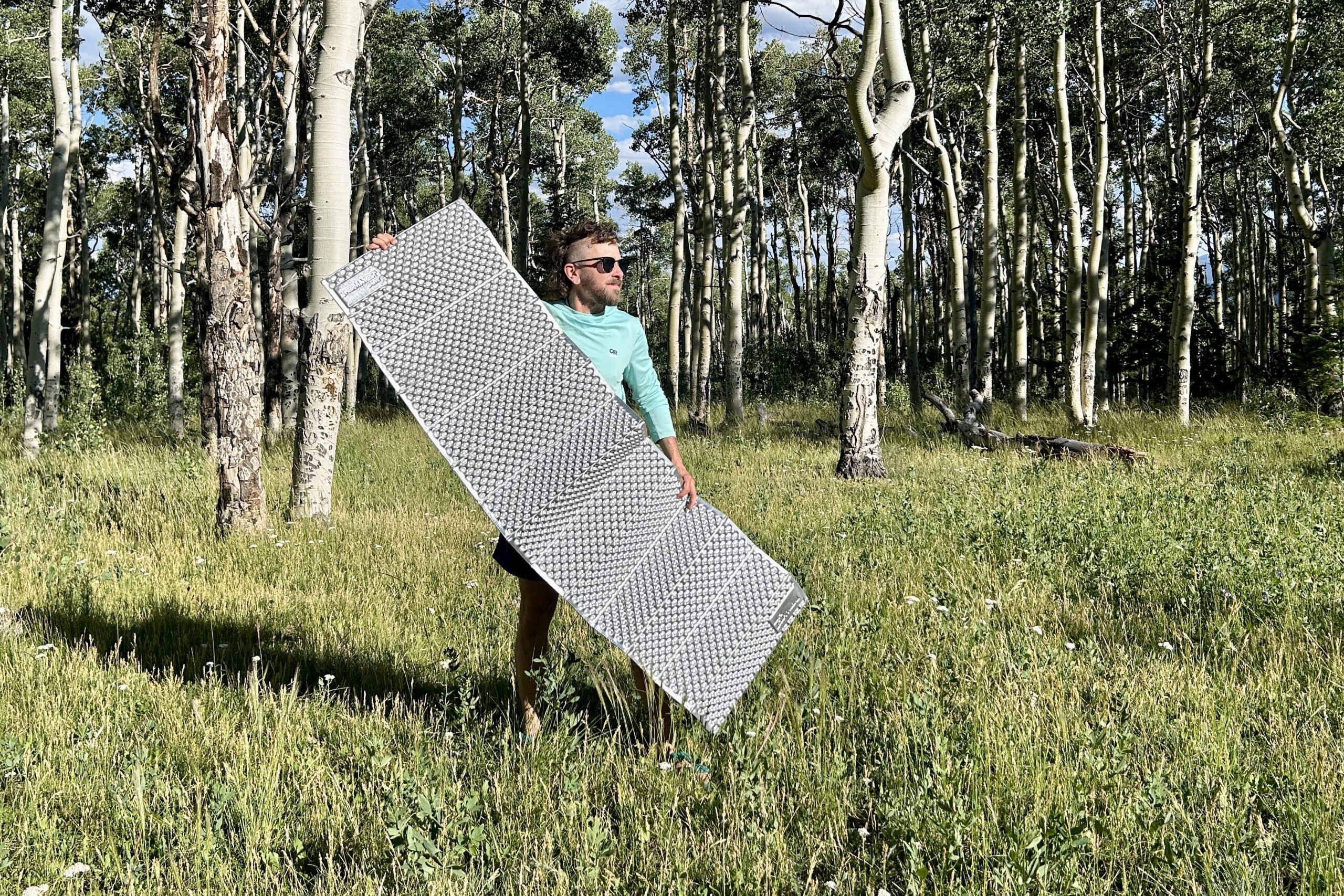
Warmth
The Therm-a-Rest Z Lite Sol has a relatively low R-value of 2, so it’s best for summer and fair-weather adventures. Its closed-cell foam construction effectively traps body heat, and the silver heat-reflective coating bounces warmth back to the sleeper to help retain warmth. The foam structure provides reliable insulation from the ground to prevent heat loss and create an efficient barrier. And for backpackers heading into freezing conditions like high alpine terrain, shoulder season conditions, or winter adventures, the Sol is an essential piece of gear to use under an air pad to boost warmth.
The Z Lite Sol’s thin foam can feel insufficient when temps dip below 40°F. Compared to thicker, insulated air pads, it lacks the loft, insulation, and depth that traps more warm air. Also, as the foam compresses over time, its insulating properties might diminish slightly, reducing its overall warmth.
This pad is not ideal on its own for cold-weather treks where thicker, more advanced insulation is necessary. The reflective coating will wear off after heavy use, decreasing its ability to retain heat. Side sleepers especially may notice cold spots due to the minimal cushioning.
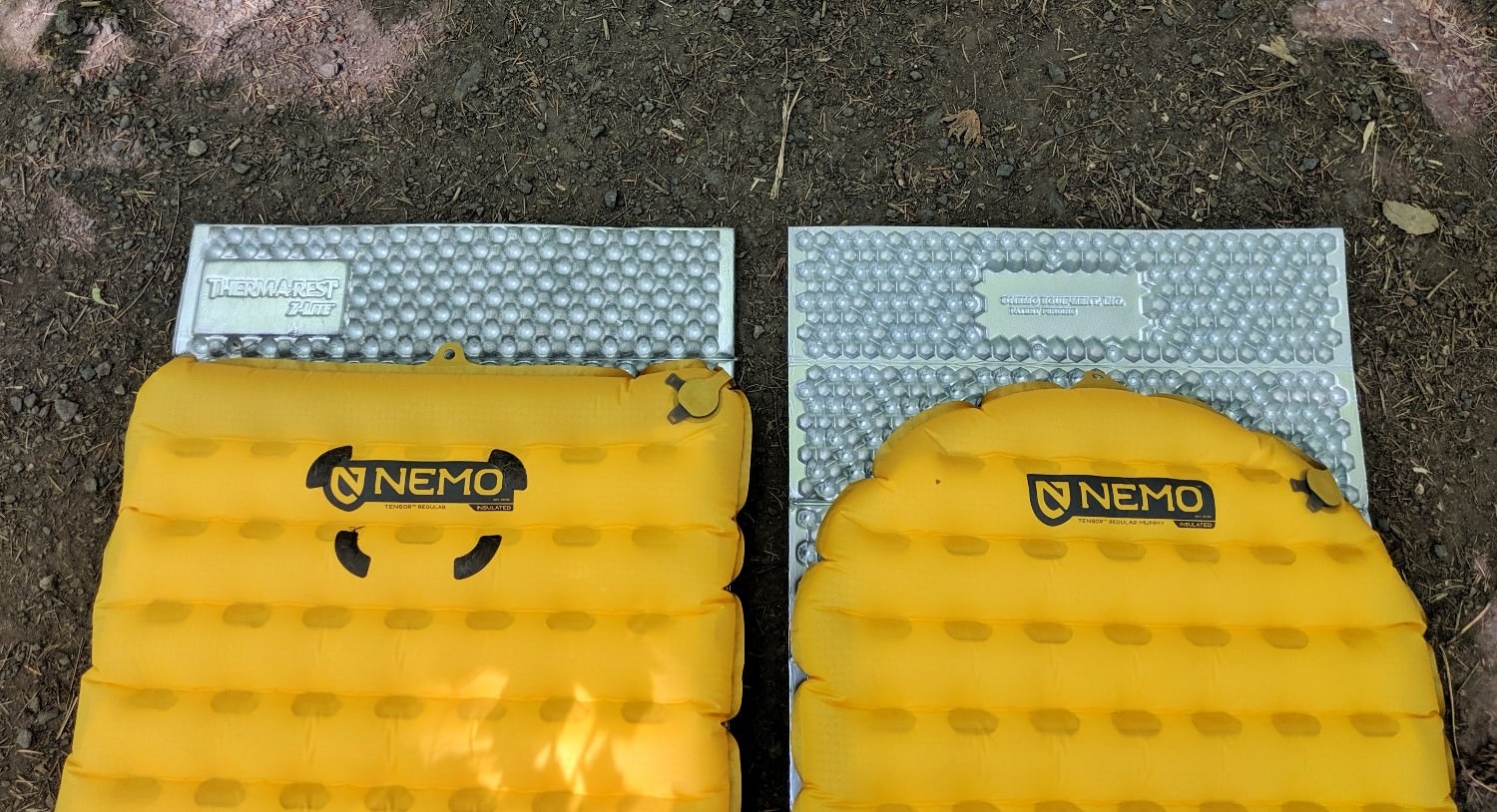
Ease of Setup
Setting up a sleeping pad doesn’t get any easier than the Therm-A-Rest Z Lite Sol. Its accordion-style design unfolds in seconds – perfect for hikers who value efficiency and simplicity. Since it’s a foam pad, there’s no need for inflation, it can’t be punctured, and you’ll save both time and your lungs.
The Sol’s simplicity is especially nice when arriving at camp late or in bad weather, where a quick setup is convenient. Its rigid shape means it can be placed directly on the ground without much adjustment and there’s no risk of it losing shape or firmness. Plus, the Z Lite Sol is mindless to pack up: simply fold it and strap it to your bag.

Durability
The Therm-A-Rest Z Lite Sol is very durable, especially compared to an air pad. The closed-cell foam construction is nearly indestructible: it’s highly resistant to punctures, tears, and abrasions, making it incredibly reliable in rugged terrain where inflatable pads might fail.
Its accordion design holds up well to countless times folding and unfolding without showing signs of wear, even after years of rough use. The pad’s foam is firm and dense, and resists compression better than softer alternatives. Its moisture resistance also adds longevity since it can’t be damaged by water or condensation and dries quickly. Whether put directly on dirt, rocks, or in a tent, the Sol performs with minimal maintenance.
That said, after many uses, the foam will eventually begin to compress and collapse. This happens mostly in areas that bear more weight, like sleeping in the same position every night on a thru-hike, and it will begin to feel less cushy and protective over time. Thur-hikers on the trail for five or six months might expect to replace their foam pads once or twice during their trips.
If durability is your top concern, a foam pad like the Z Lite is a great choice – and when it does eventually wear out, it’ll be affordable to replace.
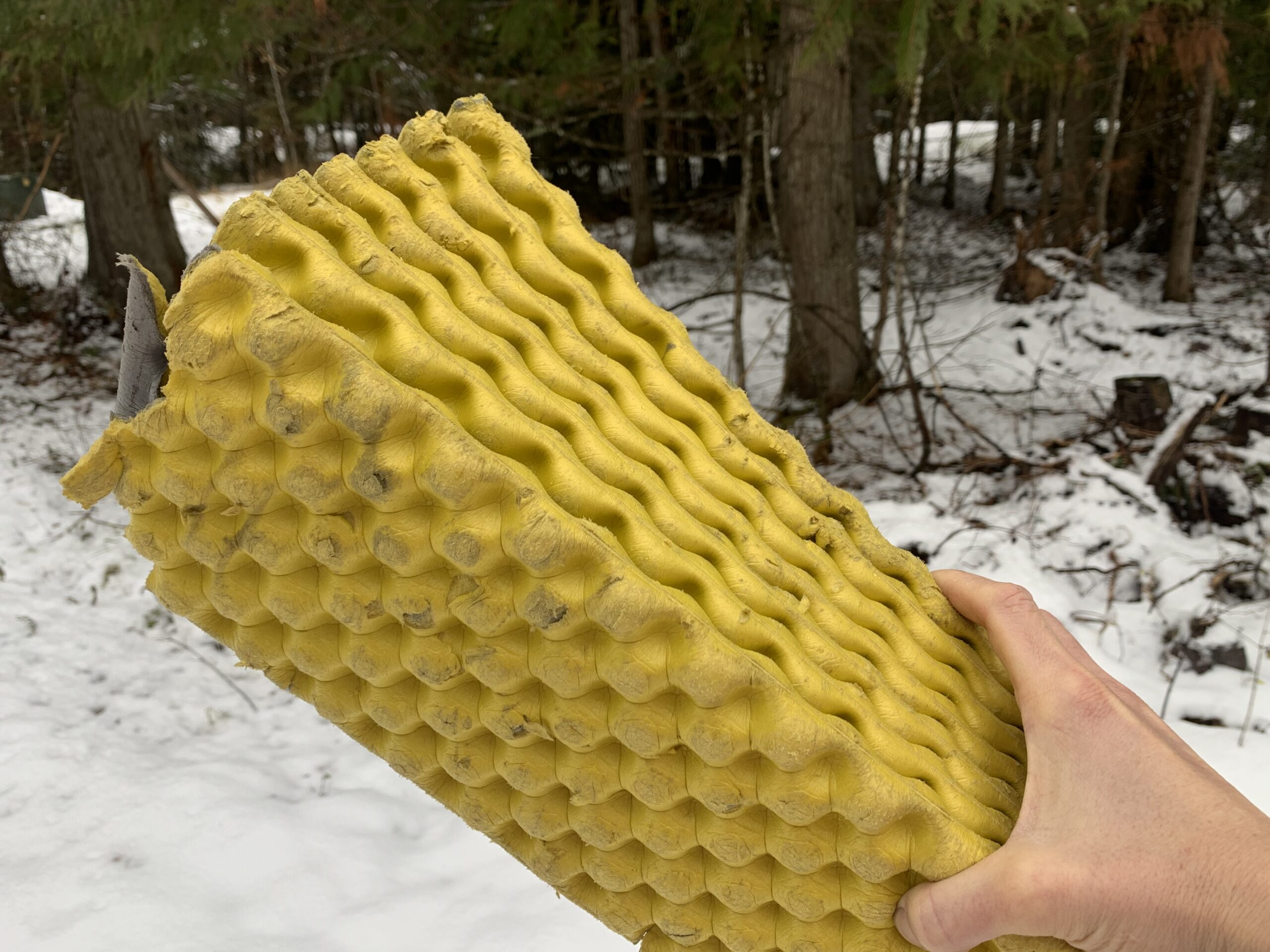
Should You Buy the Therm-a-Rest Z Lite Sol Sleeping Pad?
The Therm-A-Rest Z Lite Sol is a solid choice for hikers and backpackers who value simplicity, durability, and affordability in their sleeping pads. It’s best for sound sleepers who don’t mind a firm sleeping surface and don’t feel they need an inflatable pad’s comfort.
Cold-weather hikers who want an extra insulation layer for their air pad will also find the Sol a great option. Its closed-cell foam construction is very durable and won’t fail in rough environments. And its multi-use design – whether as a sleeping pad, sit pad, or insulation layer – makes it versatile. The Z Lite Sol’s weight and ease of use are convenient on long treks and chilly adventures.
On the other hand, this pad is not for folks who want cushioning and coziness out of their sleeping pads. Side sleepers may find the Z Lite Sol too thin and uncomfortable for extended use, and it falls short on rocky or uneven surfaces. Its insulation value is also minimal, making it best for summer adventures. And if you want a small, packable option, an inflatable pad will be a better choice.
Foam pads like the Z Lite Sol won’t be the best fit for every hiker’s style, and most of the CleverHiker team prefers the comfort of air pads. However, the Z Lite is still an excellent option for some backpacking styles and provides extra protection and insulation when winter camping. Most of the CleverHiker team have a closed-cell foam pad for when the adventure inevitably calls for it.
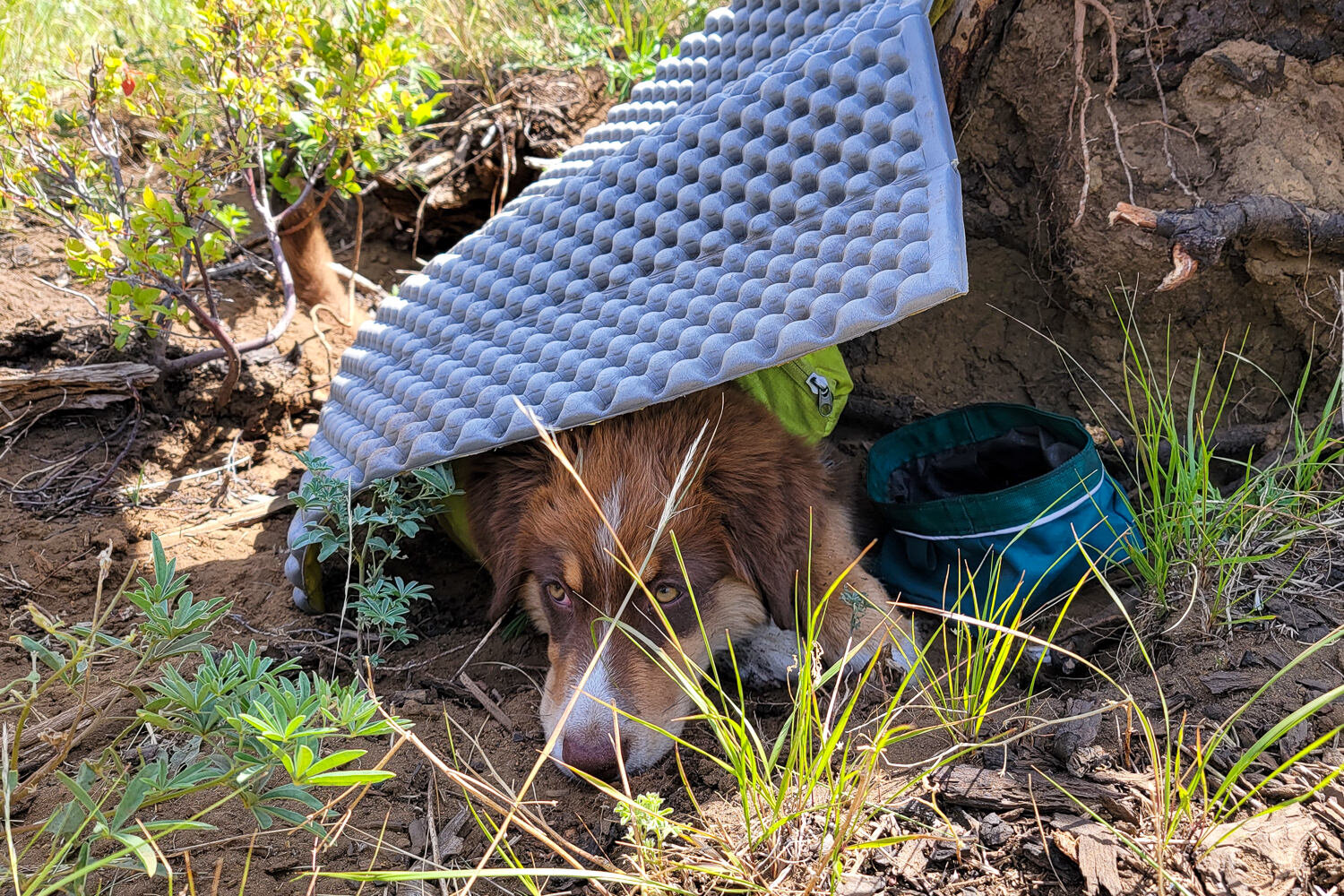
What Other Sleeping Pads Should You Consider?
Our Best Backpacking Sleeping Pads gear guide has top recommendations for every sleep style and adventure. Here are a few comparable pads that give the Z Lite Sol a run for their money:
NEMO Switchback Review: The NEMO Switchback is nearly identical to the Therm-A-Rest Z Lite Sol: it’s also a closed-cell foam pad with an egg carton pattern, outstanding durability, and an accordion-style folding design. However, it’s a tad thicker and slightly heavier, possibly adding more comfort, but both models feel pretty similar to us.
Klymit Static V2 Review: If you’re trying to keep costs to an absolute minimum, the Klymit Static V2 shares the budget-friendly appeal of the Z Lite Sol. Unlike the Z Lite, it’s an inflatable pad with more comfort – it’s double the thickness, wider, and packs down smaller – though it’s less durable and trickier to set up. This is one of the cheapest air pads on our list, but its lower quality is noticeable compared to higher-end sleeping pads.
NEMO Tensor Trail Ultralight Review: The inflatable NEMO Tensor Trail is a high-quality inflatable pad for summer use. We also really like the better-insulated Tensor All-Season. These pads offer the same low weight as the Z Lite Sol but are much more comfortable. And thanks to their excellent pump sacks and valve designs, they’re also very easy to use. Air pads are also pretty durable when handled with a little more care, but they cost significantly more than the Z Lite Sol.


